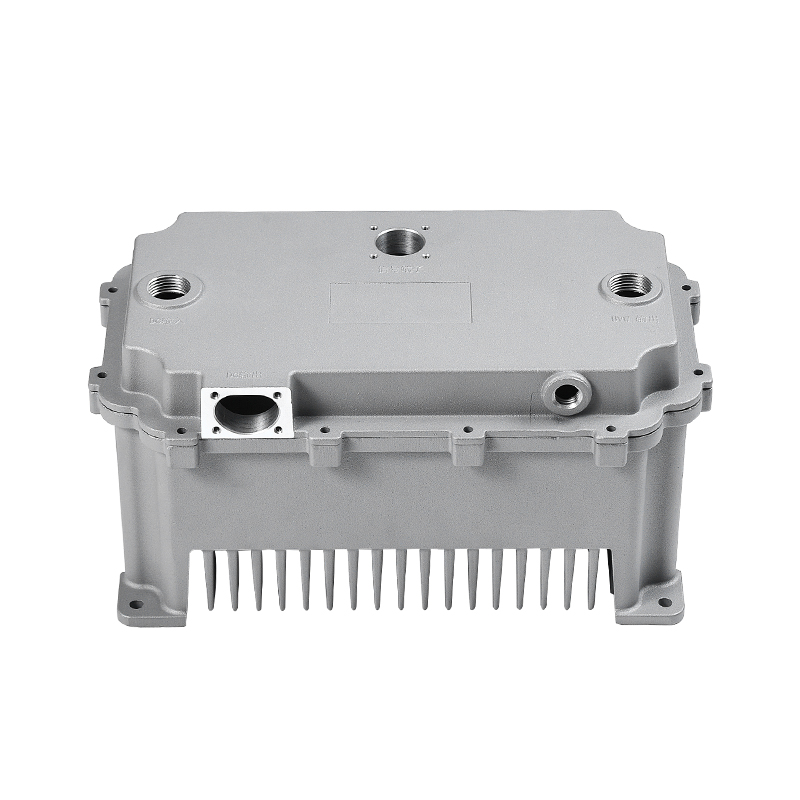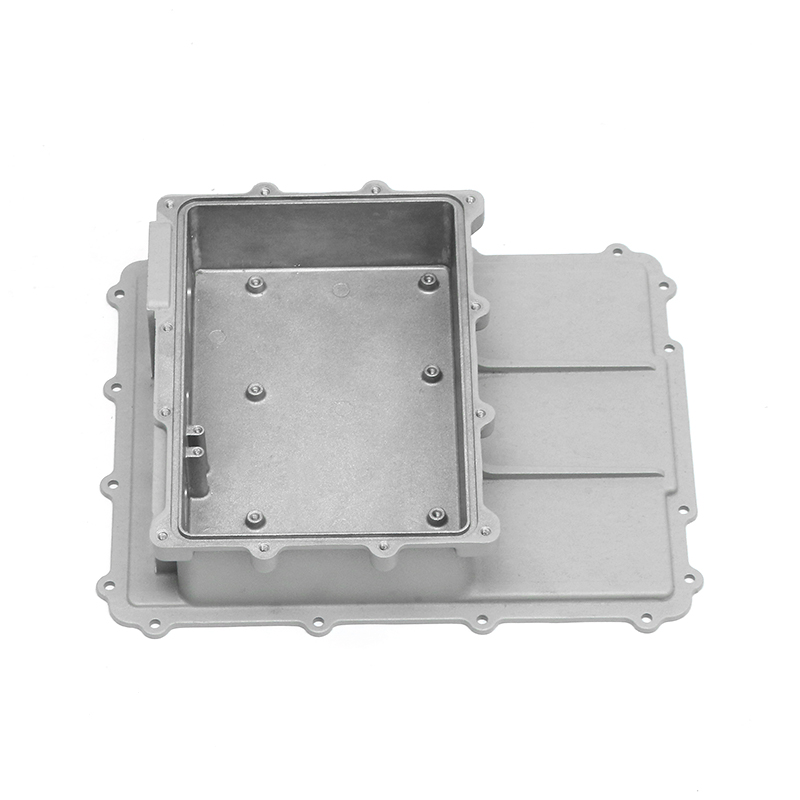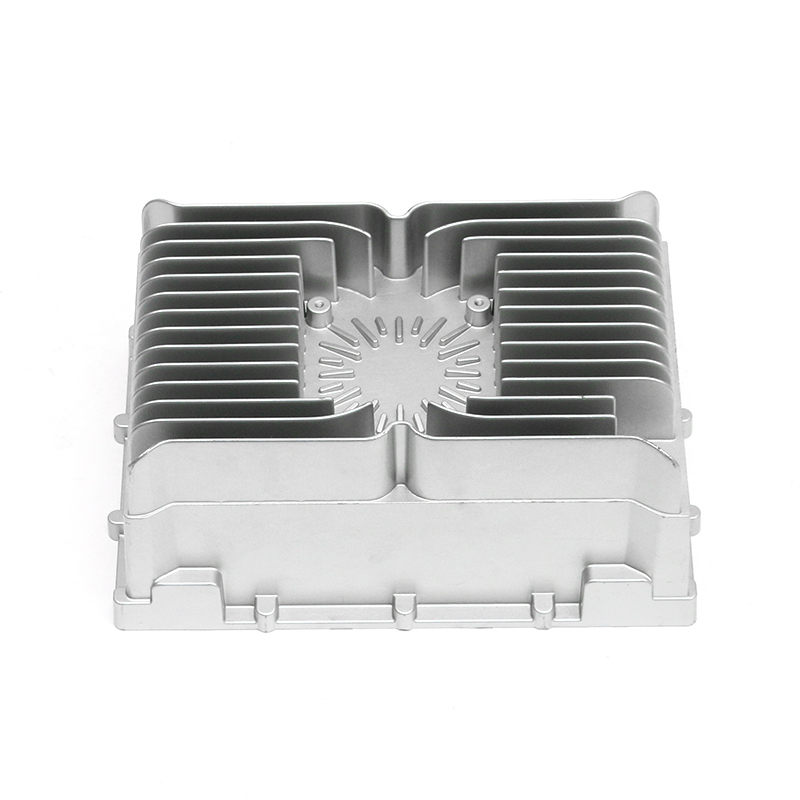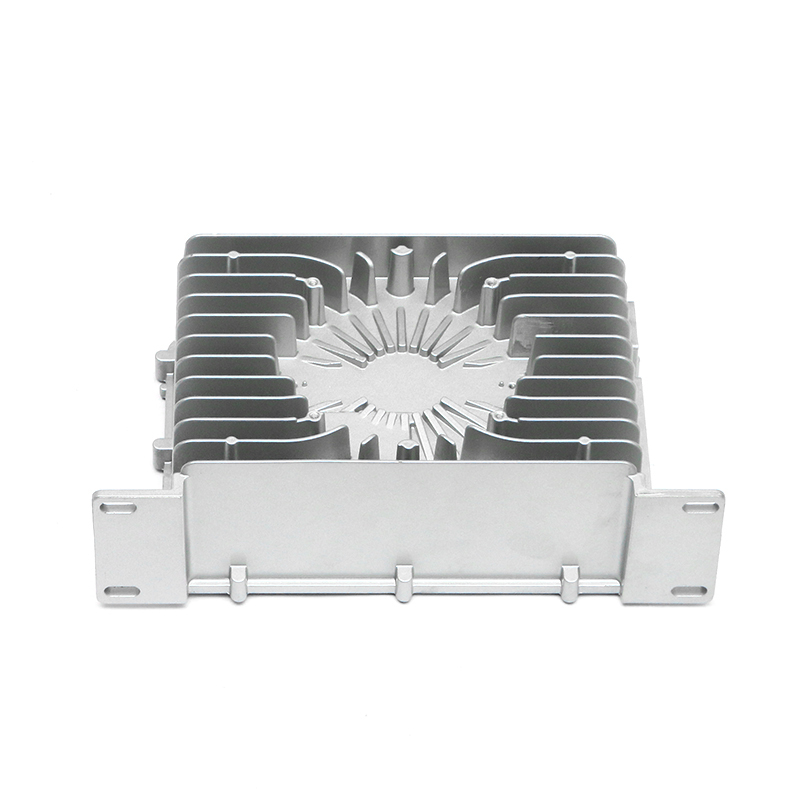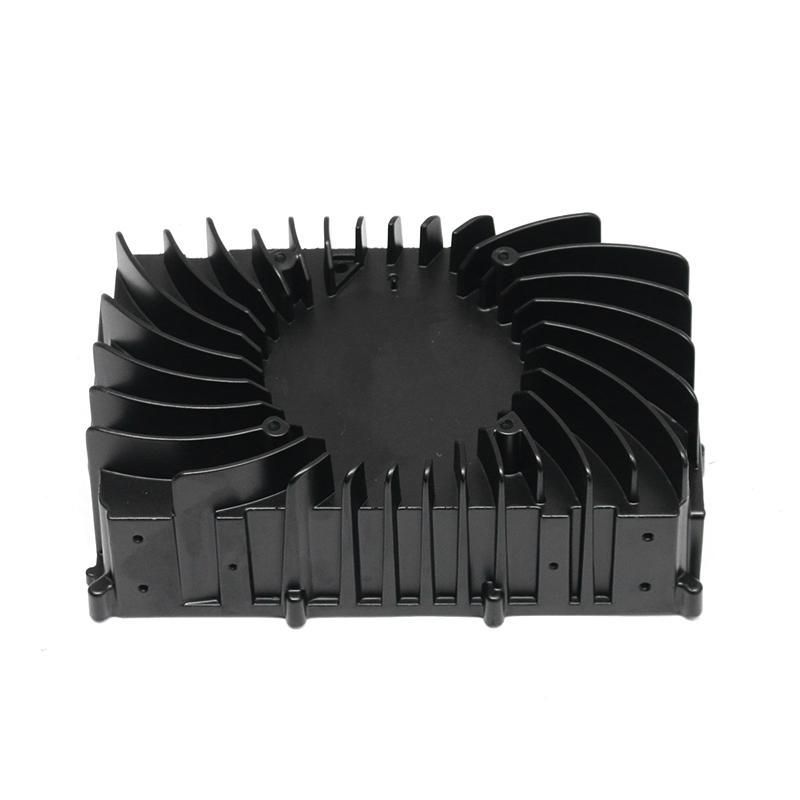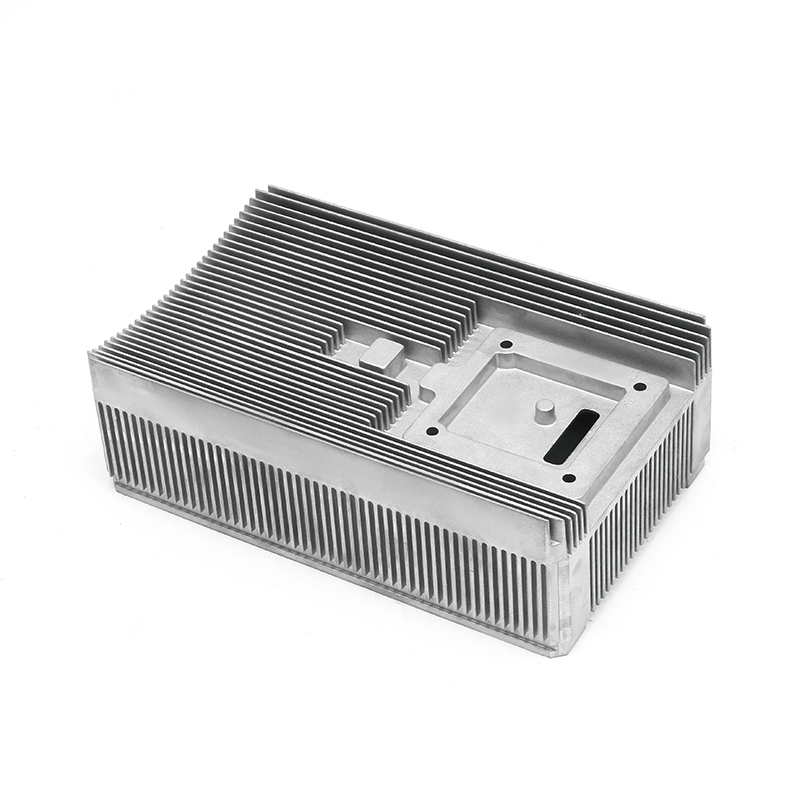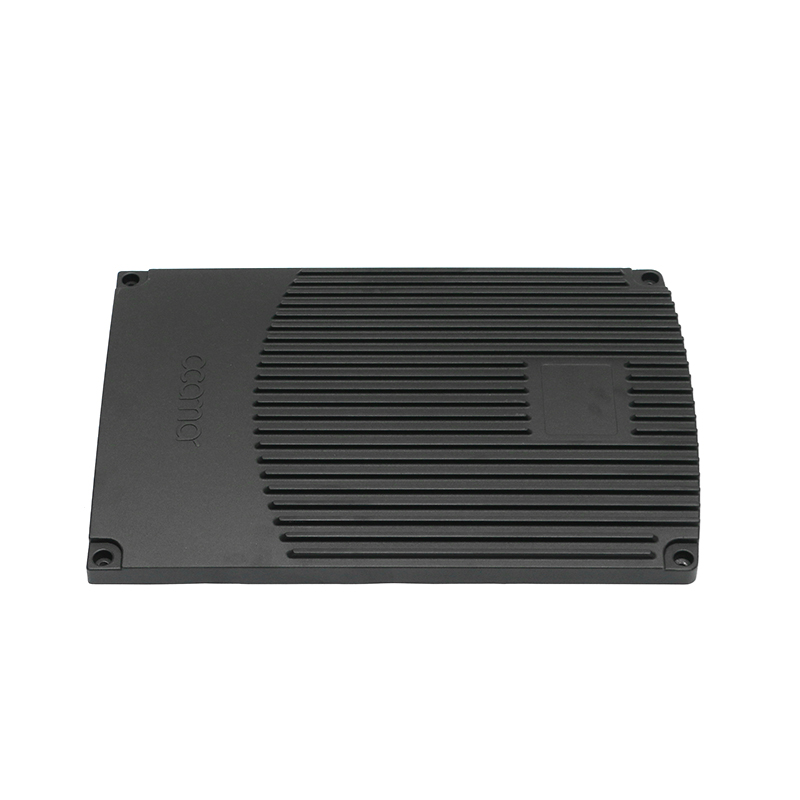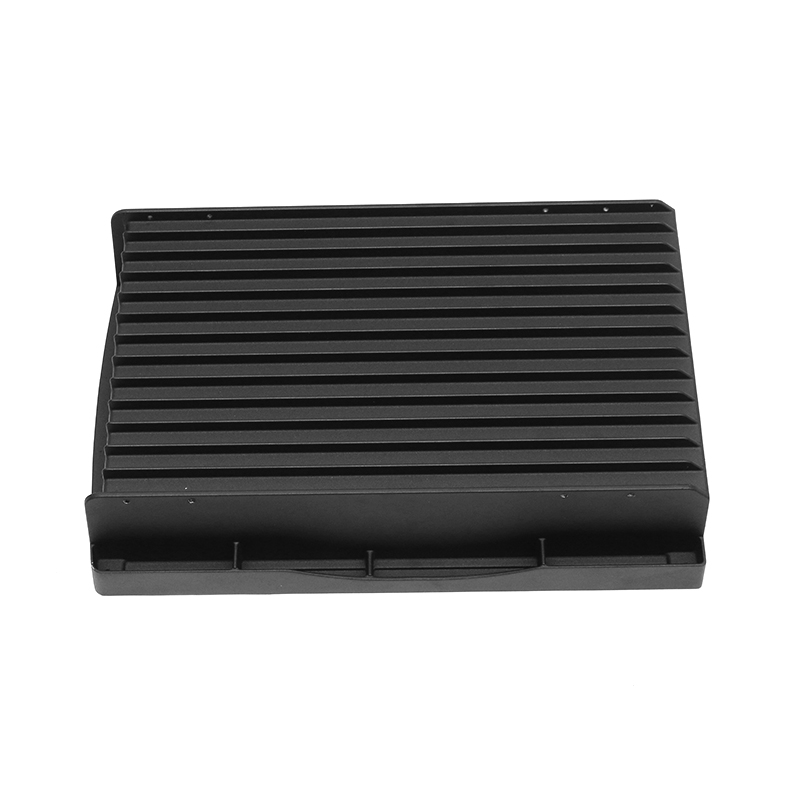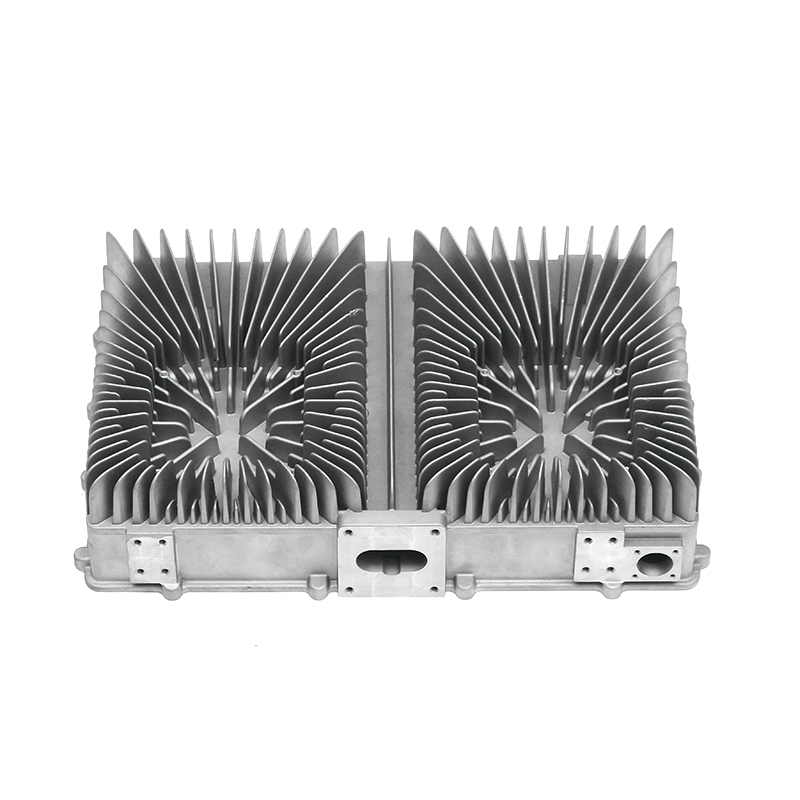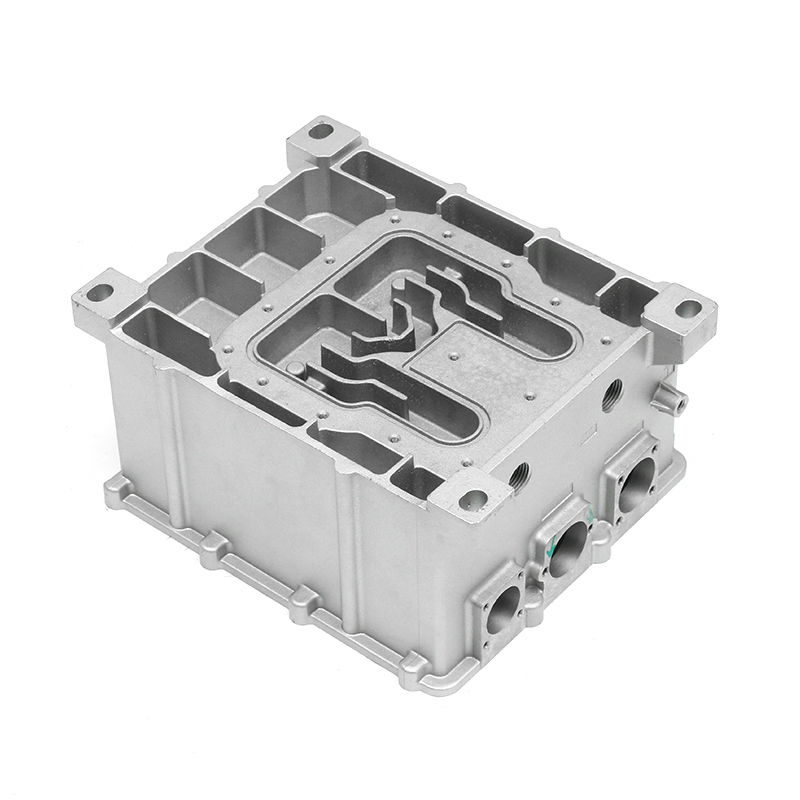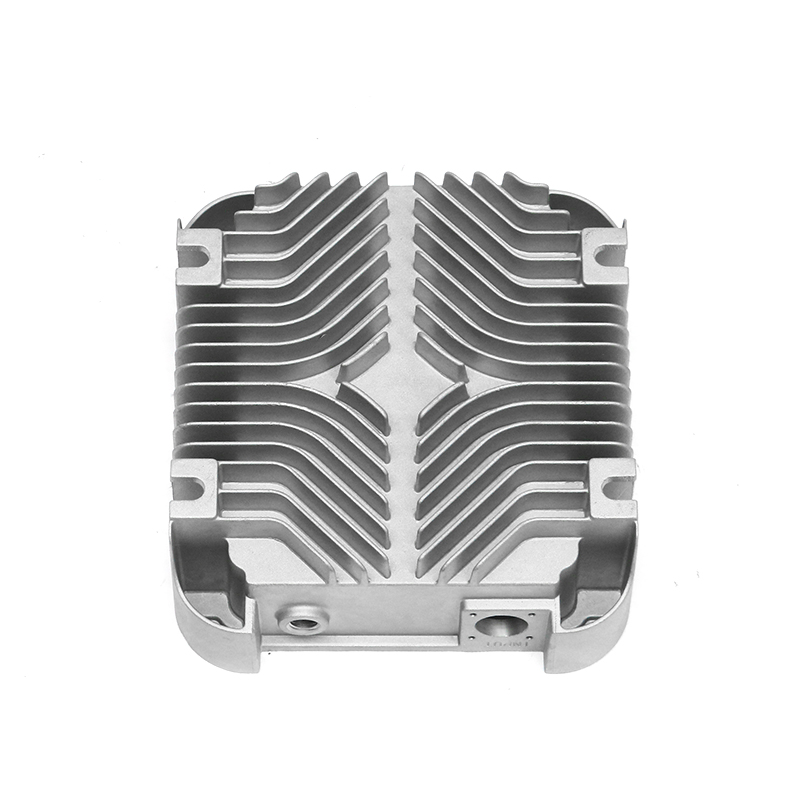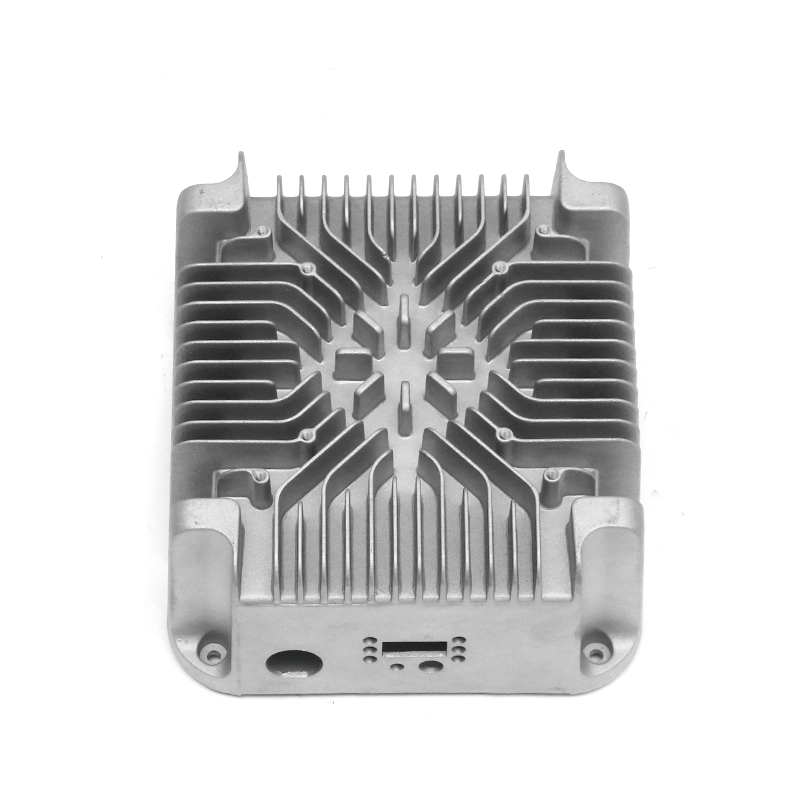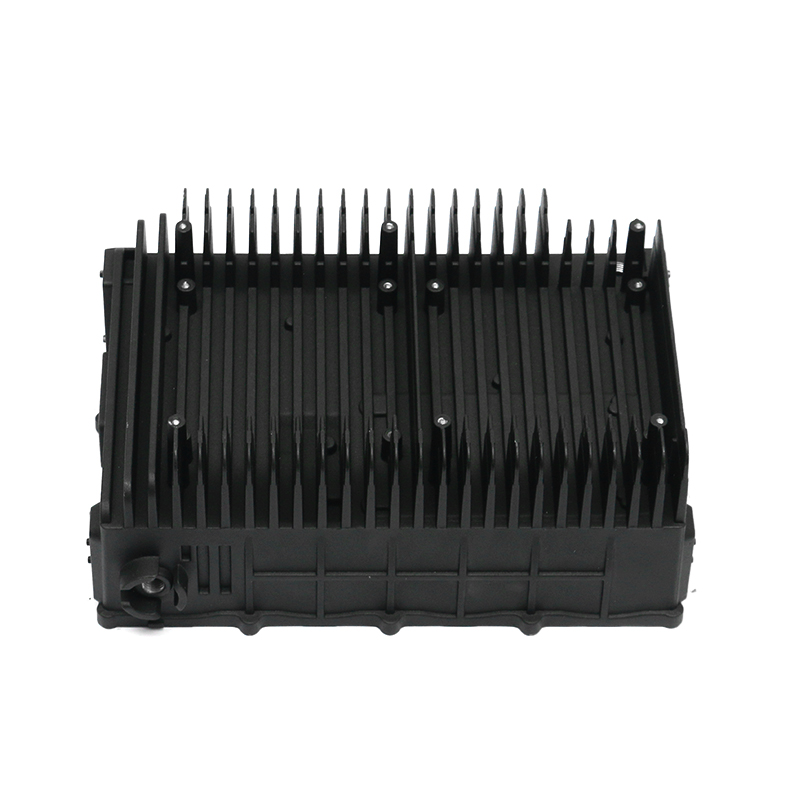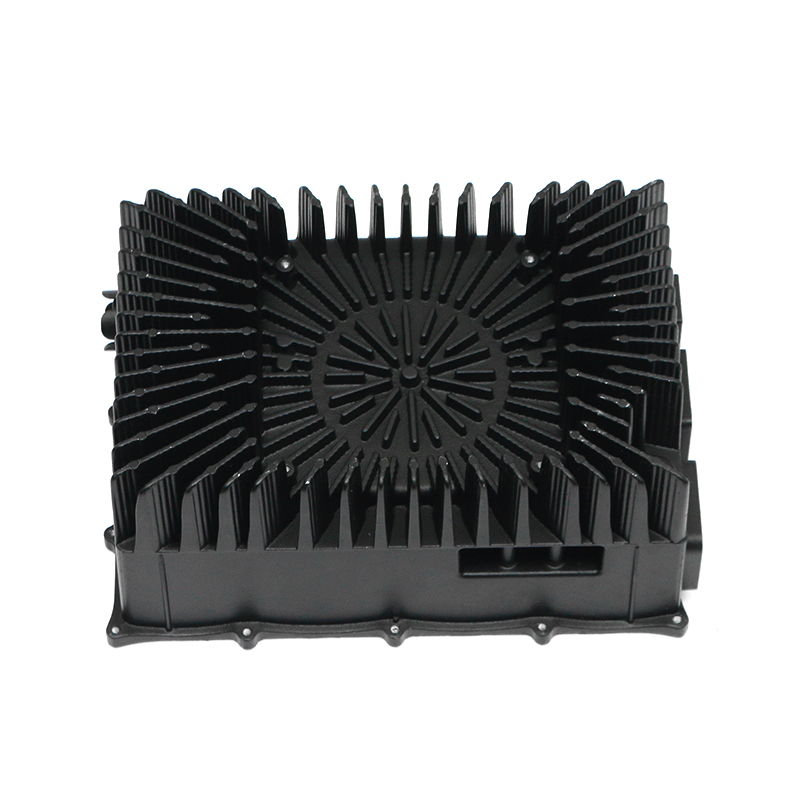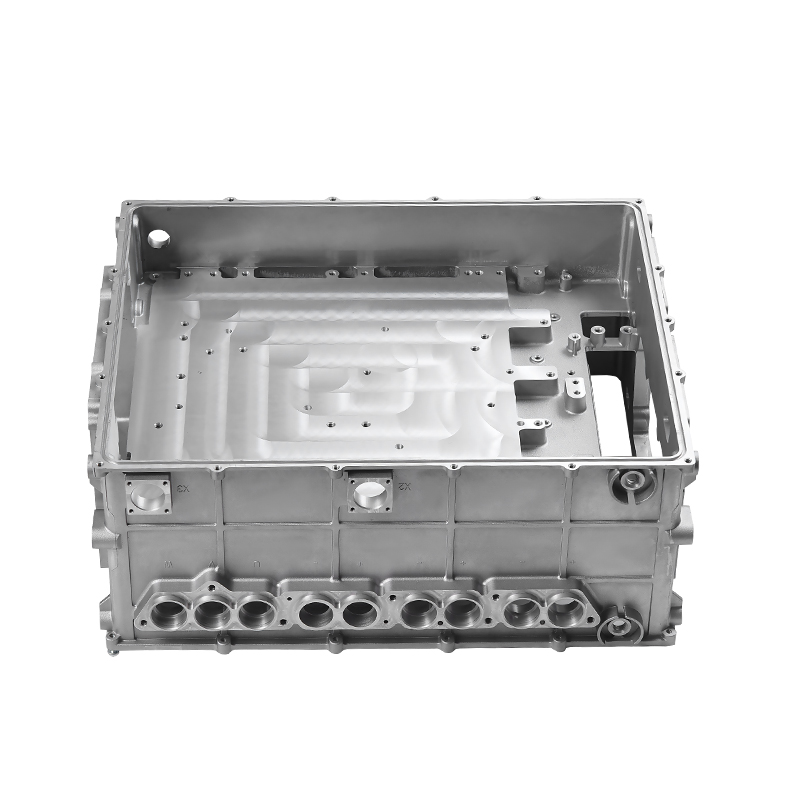In modern manufacturing, improving production efficiency has always been one of the goals pursued by enterprises. As a key process tool, precision trimming molds are widely used in the edge shaping, trimming and precision repair of metal parts. With the growth of production automation and mass manufacturing demand, more and more companies are concerned about whether precision trimming molds have the ability to support multi-station continuous stamping. This feature is directly related to the efficiency and cost control of the overall production process.
Multi-station continuous stamping is a processing method that concentrates multiple stamping processes on the same production line and completes them continuously. In this process, the material gradually enters different stations in the mold through an automatic feeding system, and each station performs different stamping tasks, such as blanking, forming, trimming, shaping, etc. For precision trimming molds, whether they can be used in conjunction with multi-station stamping depends on the modular design, positioning accuracy and working stability of the mold structure.
In molds with multi-station continuous stamping capabilities, trimming, as an important part, must be accurately connected with the front and rear stations to ensure the continuity and coordination between each step. When designing a mold, it is usually necessary to consider the stability of the material during the transmission process to prevent deviations during the feeding or positioning process from affecting the trimming effect. High-precision guide systems and positioning mechanisms play a key role in this process. They ensure that the workpiece always maintains a consistent position and angle when entering the trimming station, thereby achieving high repeatability of the trimming quality.
The wear resistance and structural strength of the mold are also the basic conditions for supporting multi-station continuous stamping. Frequent and fast stamping rhythms place high demands on the workload of the mold. Therefore, when manufacturing trimming molds, mold steels with high hardness and good heat treatment performance are often used to improve service life and fatigue resistance. In addition, in order to meet the needs of continuous work, the mold is often equipped with an automatic lubrication system to reduce friction and wear, thereby reducing the frequency of downtime maintenance and further improving production efficiency.
From the perspective of practical application, precision trimming molds that support multi-station continuous stamping are widely used in industries with large quantities and high consistency requirements, such as automotive parts, household appliances, and electronic products. This type of mold can significantly reduce human intervention, improve product consistency, reduce time waste in intermediate processes, and reduce the scrap rate caused by material handling and positioning errors. For enterprises, this type of mold can not only shorten the production cycle, but also help reduce the unit cost and improve overall competitiveness.
It is worth noting that when planning a multi-station stamping production line, high-precision punching equipment and automated control systems are also required to ensure efficient linkage of the entire process. Mold designers also need to work closely with equipment engineers to ensure the reliable operation of the mold in a multi-station working environment.
Recommended Products
Products provided by famous enterprises are deeply trusted by users.
